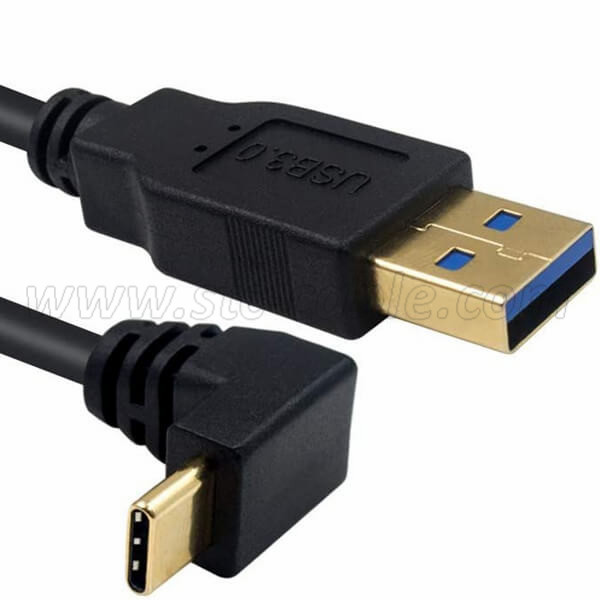Can we replace the micro USB port of a phone with a Type-C port?
Replacing a micro USB port with a Type-C port on a phone is a complex and technically challenging task. Here’s an overview of the key factors to consider:
1. Hardware Compatibility
Physical Size and Shape: The micro USB and USB Type-C connectors are different in size and shape. Replacing a micro USB port with a Type-C port would require significant modifications to the phone’s hardware, including the design of the circuit board and the physical mounting of the port.
Pinout Differences: The pin configurations for micro USB and Type-C are different. Micro USB has 5 pins, while USB Type-C has 24 pins with more complex functionality. This means the circuit board would need to be redesigned to accommodate the new port.
2. Firmware and Software Support
Drivers and Firmware: The phone’s firmware and operating system are typically designed to work with the specific hardware of the device. Switching to a Type-C port might require updates or changes to the device’s firmware and drivers to ensure proper functionality and compatibility.
3. Electrical Specifications
Power Delivery: USB Type-C supports higher power delivery and faster data transfer rates compared to micro USB. Ensuring that the phone’s internal circuitry can handle these changes is crucial. The phone’s battery charging system and data transfer mechanisms would need to be compatible with the new Type-C specifications.
4. Technical Expertise and Tools
Skill Level: Performing such a modification requires advanced technical skills and specialized tools. It’s not a simple plug-and-play replacement; it involves soldering, circuit board modification, and potentially significant reengineering of the phone’s internal hardware.
Risks: There are risks of damaging the phone permanently during such modifications. Incorrect handling could lead to malfunctioning of the phone or rendering it inoperable.
5. Alternative Solutions
Adapters: Instead of replacing the port, using a micro USB to Type-C adapter might be a simpler and safer solution. These adapters are readily available and allow you to connect Type-C cables and accessories to a micro USB port without altering the phone’s hardware.
Conclusion
While theoretically possible for an experienced technician with the right tools, replacing a micro USB port with a Type-C port involves significant technical challenges and risks. It’s generally not recommended for most users. Using an adapter is a more practical and less risky solution if you need to use Type-C accessories with a device that only has a micro USB port.
Send your message to us:
Post time: Jul-13-2024
